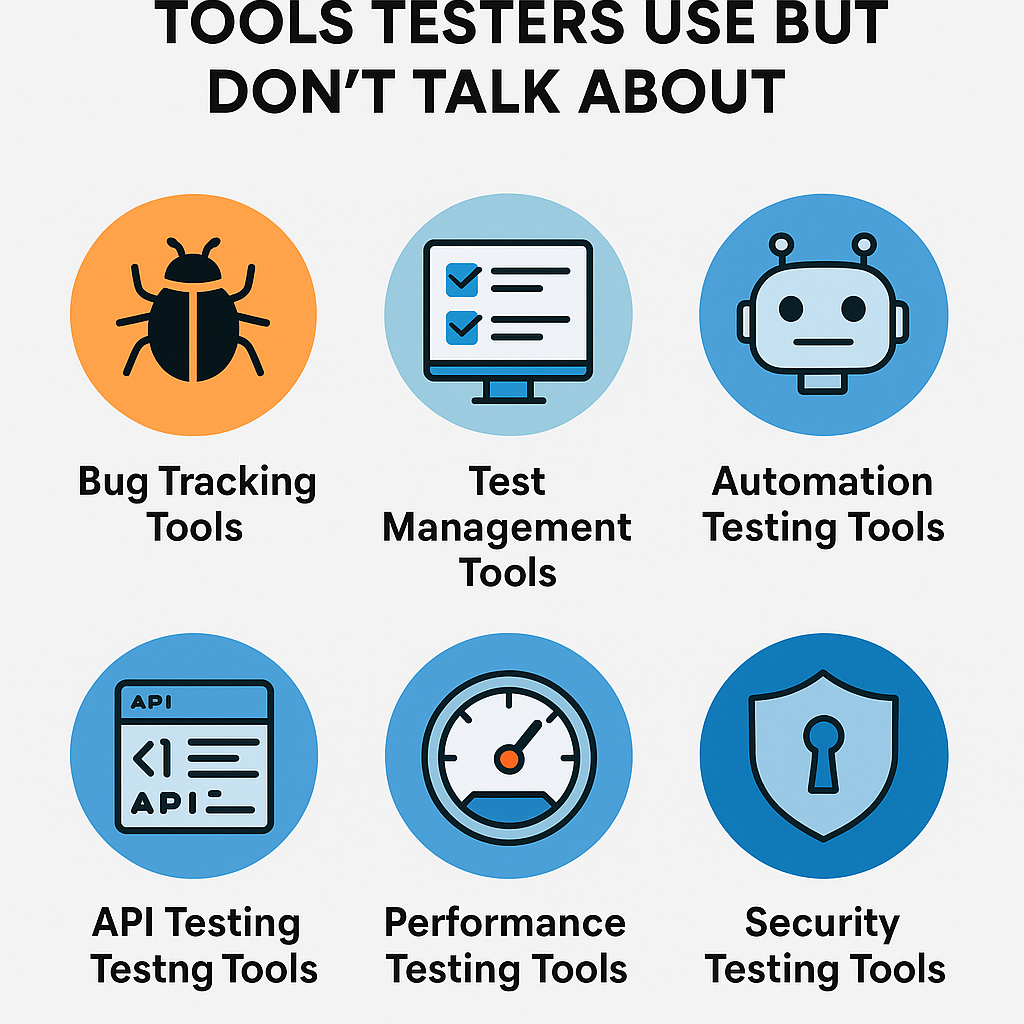Introduction
Automation testing plays an essential role in ensuring software quality and accelerating release cycles. But when applications change their UI often, maintaining test scripts can be a nightmare. One of the biggest problems with Selenium automation testing is dealing with things that change and cause tests to fail. This is where Auto Healing comes into play.
Auto healing is the ability of test scripts to fix broken elements caused by UI changes without having to do it manually. This attribute significantly enhances the dependability and stability of Selenium test automation platforms. Let’s learn more about what auto healing is, why it’s important, how it works, and the best ways to do it.
What is Auto Healing in Automation Testing?
Auto healing is an advanced capability in automation testing that enables scripts to self-correct issues, such as element locators failing due to UI modifications. It helps tests continue running smoothly even when elements are renamed, moved, or modified.
Common Reasons for Test Failures in Selenium:
- Dynamic Locators: Changing element attributes, such as
id,name, orclass. - Element Not Found: Elements disappearing due to UI updates.
- Timing Issues: Delayed page loads or dynamic content rendering.
- Changes in Page Structure: Modifications in the DOM hierarchy.
Auto healing mechanisms intelligently detect and resolve such failures, ensuring uninterrupted test execution.
Why is Auto Healing Important in Selenium?
1. Reducing Manual Test Maintenance:
Automation tests often break when UI components change. Auto healing reduces the need for frequent script updates, saving time and effort.
2. Handling Dynamic Elements Efficiently:
Web applications frequently update UI elements, making traditional locators unreliable. Auto healing dynamically finds alternative locators to continue execution.
3. Increasing Test Execution Stability:
By automatically recovering from element identification failures, auto healing improves test reliability, leading to more stable test automation.
4. Enhancing CI/CD Integration:
In continuous testing environments, minimizing test flakiness is essential. Auto healing helps maintain test execution consistency across deployments.
How Auto Healing Works in Selenium?
Auto healing in Selenium relies on intelligent mechanisms to identify and fix locator failures during test execution. Here’s how it works:
1. Detecting Element Failures:
When a test step fails due to a missing or changed element, the auto-healing engine detects the failure in real time.
2. Identifying Alternative Locators:
The engine searches for backup locators, such as:
- Alternative attributes (
id,name,class, etc.) - Parent-child relationships in the DOM
- AI-driven predictions
3. Self-Healing Mechanism:
If an element is not found, the automation framework automatically applies alternative locators to continue the test execution.
Techniques for Implementing Auto Healing in Selenium
1. Using Multiple Locators:
Implementing multiple locators (e.g., XPath, CSS selectors) ensures that if one fails, the script can fall back to another.
2. AI/ML-Based Test Automation Tools:
Modern tools use machine learning to predict element changes and suggest the most reliable locators.
3. Self-Healing Frameworks & Plugins:
There are several open-source and commercial tools that provide built-in auto-healing features.
4. Implementing Retry Mechanisms:
Adding custom retry logic within Selenium scripts can help handle temporary element failures.
Tools that Support Auto Healing in Selenium
Several tools and frameworks offer auto-healing capabilities for Selenium-based automation:
1. Healenium
- Open-source library that integrates with Selenium.
- Automatically updates locators for changed UI elements.
- Supports Java-based Selenium projects.
2. TestProject
- Cloud-based automation platform with self-healing capabilities.
- Auto-heals broken test cases during execution.
- Supports Selenium and Appium.
3. Katalon Studio
- AI-powered auto-healing features.
- Reduces test maintenance by dynamically updating locators.
- Works with Selenium WebDriver.
4. Mabl
- AI-driven automation testing tool with self-healing capabilities.
- Auto-detects and updates elements.
- Best suited for end-to-end testing.
Advantages and Limitations of Auto Healing in Selenium
Advantages:
✔ Reduces test maintenance efforts.
✔ Improves test execution stability.
✔ Saves time and cost in automation testing.
✔ Enhances adaptability to UI changes.
Limitations:
❌ Over-reliance may lead to overlooking UI issues.
❌ Some tools require additional setup and configurations.
❌ AI-driven healing may sometimes choose incorrect alternative locators.
Best Practices for Using Auto Healing in Selenium
To maximize the benefits of auto healing, follow these best practices:
✅ Implement Robust Locator Strategies: Use stable attributes like data-testid instead of dynamic ones like id or class.
✅ Use Fallback Mechanisms: Always define backup locators.
✅ Regularly Review Healed Tests: Validate the accuracy of automatically updated locators.
✅ Combine Auto Healing with Traditional Debugging: Rely on logs and reporting to verify test execution behavior.
Future of Auto Healing in Automation Testing
With AI and machine learning advancements, auto healing is expected to evolve further. Future improvements may include:
🚀 AI-Driven Test Adaptation: Smart locators that self-update with minimal intervention. 🚀 Better Integration with CI/CD Pipelines: Improved handling of UI changes in fast-paced development cycles. 🚀 Self-Healing AI Automation Frameworks: Enhanced auto-healing mechanisms built into testing frameworks.
Conclusion
Auto healing is a game-changer in Selenium automation, enabling test scripts to adapt dynamically to UI changes. By minimizing test failures, minimizing maintenance efforts, and enhancing overall test stability, it significantly enhances the efficacy of automation testing.
As test automation gets better, it’s important to use auto-healing tools to keep Selenium test frameworks strong and able to handle changes. Whether using open-source tools like Healenium or AI-driven platforms like TestProject, integrating auto healing into your automation strategy is a step toward smarter testing.
Are you ready to implement auto healing in your Selenium tests? Start exploring these tools today and boost your test automation efficiency! 🚀












